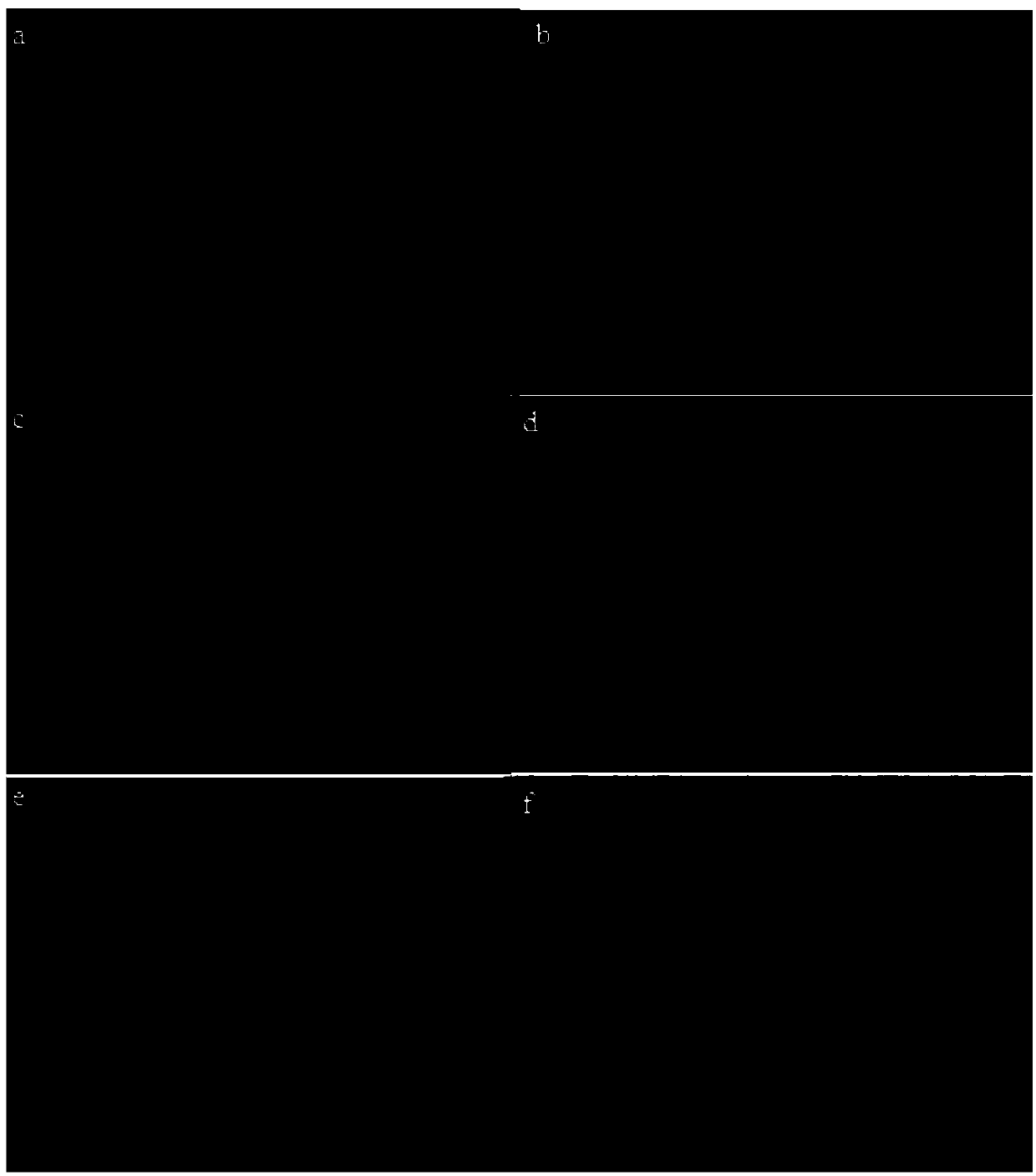Fluorescence tracking method for transportation direction and route of assimilate of in-vitro lily plant
A technique of fluorescent tracing and assimilation, which is applied in the field of plant cell physiology research, can solve the problems of unreported fluorescent staining of isolated lily bulbs, easy damage to the internal structure of the plant, and inability to achieve the labeling effect, and is not easy to damage. Plant body, high quantum yield, not easy to evaporate
- Summary
- Abstract
- Description
- Claims
- Application Information
AI Technical Summary
Problems solved by technology
Method used
Image
Examples
Embodiment Construction
[0032] The following describes the implementation process of the present invention through specific implementation examples:
[0033] 1. Prepare the plant and dye
[0034] 1. Select isolated lily bulbs grown in the medium as the plants to be treated, and healthy and sterile isolated lily plants at any growth stage can be used in the operation of the present invention;
[0035] 2. Use acetone or a mixture of DMSO and pure water with a volume ratio of 1:1 to dissolve the fluorescent dye CFDA, and prepare a CFDA solution of 1 to 2 mg / mL, protected from light. The fluorescent dye CFDA is insoluble in water. It can be stored in a refrigerator at -20°C and protected from light after being divided into aliquots according to the amount used.
[0036] 2. Introducing dyes into plants
[0037] 1. Select the scale of the isolated lily bulb as the introduction site, and use a double-sided knife to cut a 0.3mm wide wedge-shaped incision in the middle of the scale, the depth shall be subject to the p...
PUM
 Login to View More
Login to View More Abstract
Description
Claims
Application Information
 Login to View More
Login to View More - R&D
- Intellectual Property
- Life Sciences
- Materials
- Tech Scout
- Unparalleled Data Quality
- Higher Quality Content
- 60% Fewer Hallucinations
Browse by: Latest US Patents, China's latest patents, Technical Efficacy Thesaurus, Application Domain, Technology Topic, Popular Technical Reports.
© 2025 PatSnap. All rights reserved.Legal|Privacy policy|Modern Slavery Act Transparency Statement|Sitemap|About US| Contact US: help@patsnap.com

